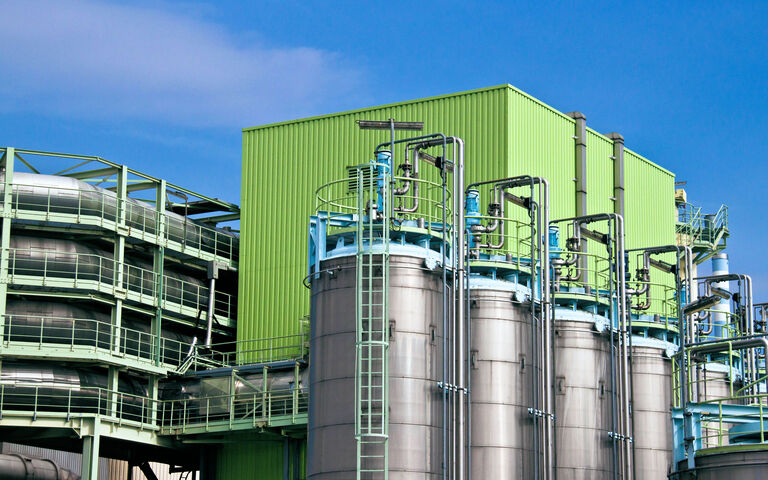
Sludge thermochemical treatment
An introduction to sludge thermochemical treatment methods
Your web browser is out of date.
Update your browser for better security, speed and to get the best experience on this website.
Wet or wet air oxidation of sludge is the thermal degradation, hydrolysis and oxidation of organic matter at elevated temperatures and pressures. The process does not generate secondary pollutants such as dioxin, furans, NOx (oxides of nitrogen) and SO2 (sulphur dioxide). It can be operated either to enhance the biodegradability of the sewage sludge or to substantially mineralise the organic matter (i.e. convert it to bicarbonate and carbon dioxide).

An introduction to sludge thermochemical treatment methods
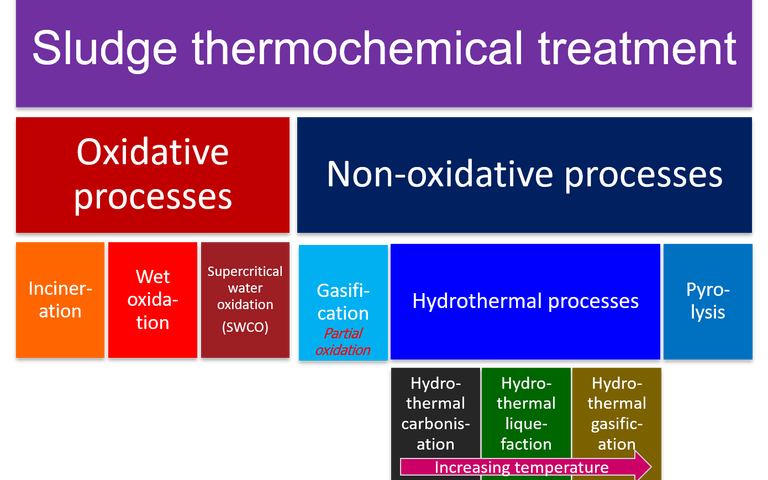
Thermochemical methods are used for either degrading the sludge solids or pre-treating sludge upstream of anaerobic digestion
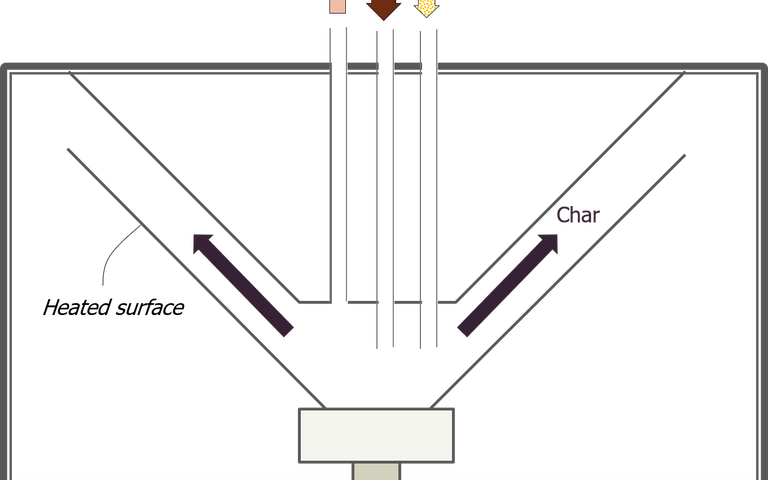
Various reactor configurations exist for sludge thermochemical treatment which vary in design, operation and application
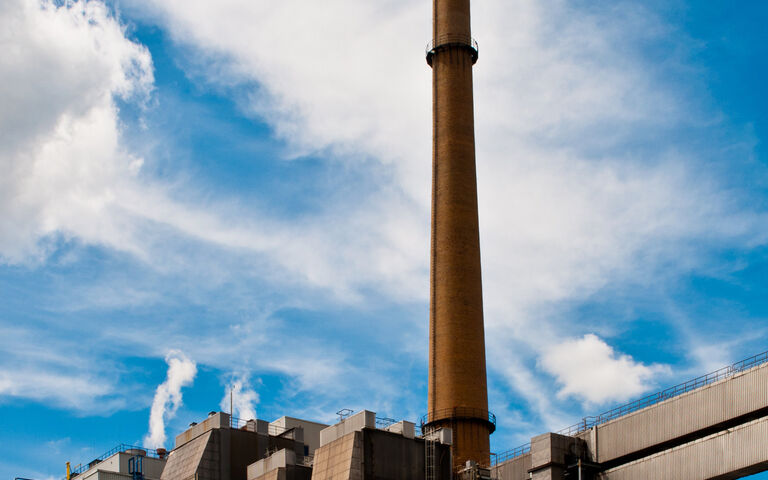
An introduction to oxidative sludge thermochemical treatment methods
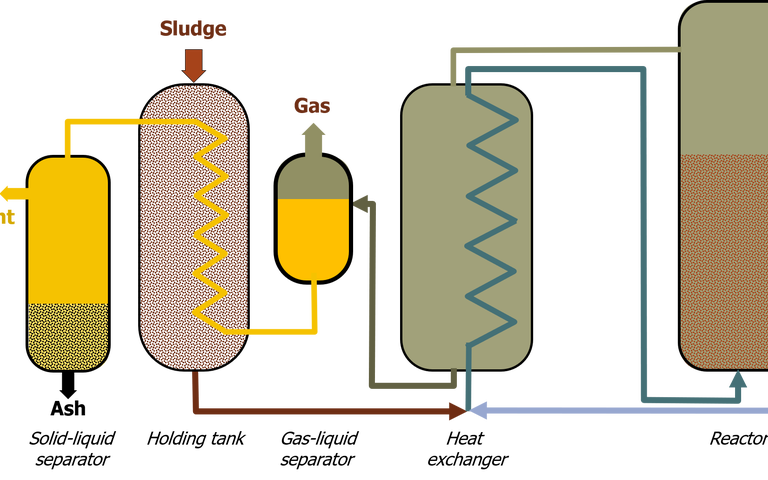
Wet/wet air oxidation of sludge is the thermal degradation, hydrolysis and oxidation of organics at high temperatures
Incineration oxidatively converts the sludge solids into gaseous and predominantly mineral products at high temperatures
Supercritical water oxidation (SCWO) refers to the rapid oxidation of organics in water in the supercritical phase of water
Oxidative methods for sludge thermal treatment comprise incineration, wet air oxidation and supercritical water oxidation
Non-oxidative thermochemical treatment of sewage sludge refers to treatment at elevated temperatures in the absence of oxygen
Thickening, dewatering and drying extract water from sludge to reduce the sludge volume
Sludge stabilisation − alkaline stabilisation, lime and solids dosing, plus anaerobic and aerobic digestion
Sludge is the main waste stream from the treatment of wastewater